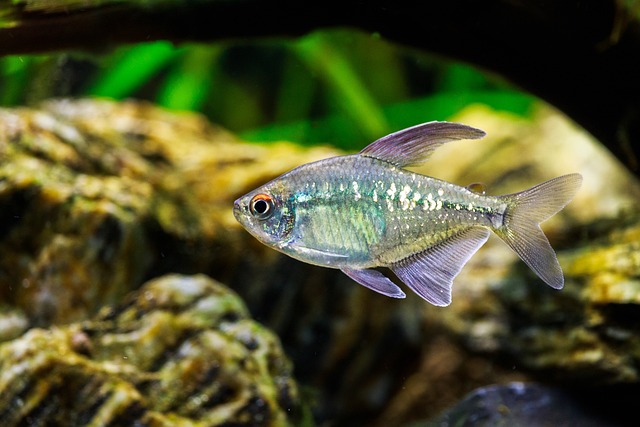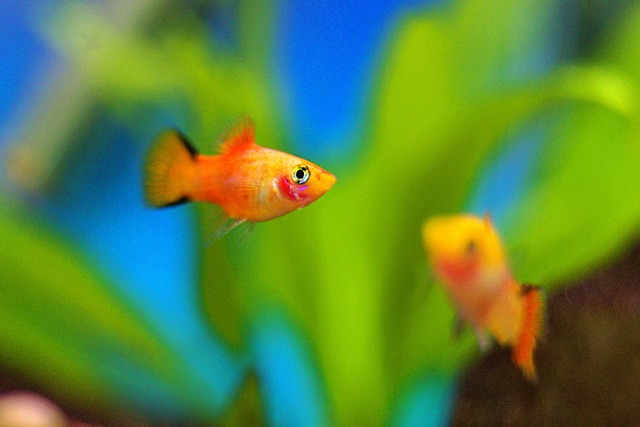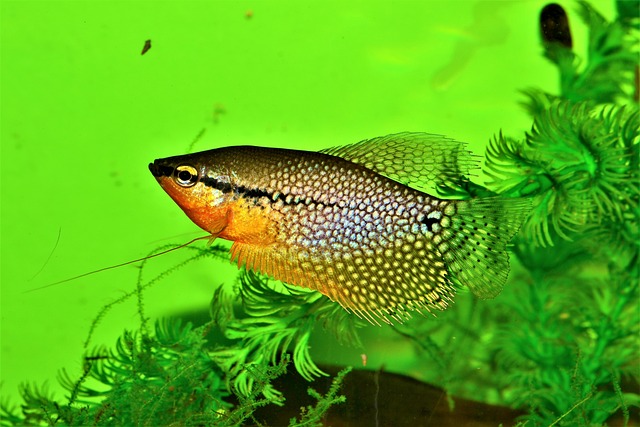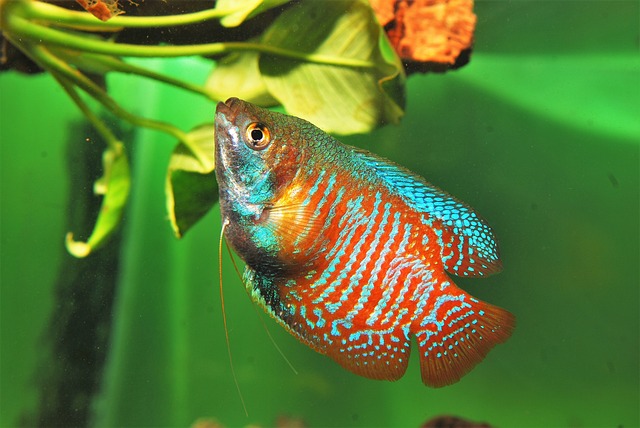Sea anemones, often found colorfully adorning aquariums, are marine invertebrates with distinctive tentacles.
They are part of the Cnidaria phylum, which includes corals and jellyfish and are known for their symbiotic relationships with clownfish and other species.
Tending for sea anemones in a home aquarium requires specific attention to water quality, lighting, and feeding.
Maintaining an appropriate environment for sea anemones is a delicate balance. They thrive in stable aquarium conditions, necessitating a well-established tank with consistent water parameters.
Temperature, salinity, and pH levels must be routinely monitored and kept within a narrow range suitable for the species of anemone being cared for. Advanced aquarium hobbyists often employ specialized equipment to maintain these conditions.
Feeding practices are also crucial for the health of sea anemones. They primarily consume small fish and invertebrates in the wild, requiring a diet rich in nutrients and variety in captivity.
Over or underfeeding can lead to health problems, making it essential to understand the feeding habits and needs of the specific type of anemone.
Successful care hinges on the ability to replicate natural conditions as closely as possible within the confines of an aquarium.
Basic Requirements
Sea anemones thrive when specific needs are met, encompassing stable water conditions, suitable lighting, and consistent feeding routines.
Aquarium Conditions
An appropriate tank for sea anemones starts with a size of at least 30 gallons to provide ample living space. They require stable rockwork or substrate to attach themselves securely.
The tank should also include a well-functioning filtration system to keep the environment clean and a powerhead to simulate natural water movement.
Water Parameters
Maintaining optimal water parameters is crucial for sea anemones. Salinity should be kept at a specific gravity of 1.023 to 1.025.
The temperature needs strict regulation between 75 to 80 degrees Fahrenheit. Monitoring pH levels, aiming for a range of 8.1 to 8.4 is imperative. Regular testing and adjustments will help maintain these parameters.
| Parameter | Ideal Range |
|---|---|
| Salinity (Specific Gravity) | 1.023 – 1.025 |
| Temperature | 75°F – 80°F |
| pH Level | 8.1 – 8.4 |
Lighting & Feeding
Lighting should replicate natural sunlight, achieved with high-quality LED or T5 fluorescent lights.
Sea anemones possess symbiotic algae, which require proper lighting for photosynthesis, aiding the anemone’s nutritional needs.
Despite this symbiosis, they also need regular feeding. Offer a varied diet, including small fish, shrimp, and mussels, feeding them one to three times a week, depending on the species and size.
Common Challenges
Sea anemones require precise conditions to thrive in captivity. They present several challenges, including sensitivity to environmental changes, disease susceptibility, and predation risk in shared aquarium habitats.
Sensitivity to Changes
Sea anemones are particularly sensitive to fluctuations in water parameters. Maintaining stable salinity, pH levels, and temperatures is crucial for their health. Sharp changes can result in stress, which may lead to a failure to thrive or even death.
- Ideal Salinity: 1.023-1.025 specific gravity
- Optimal pH Level: 8.1-8.4
- Preferred Temperature Range: 75-80°F (23.9-26.7°C)
Disease Management
Anemones are susceptible to various diseases, often stemming from poor water quality or incorrect feeding practices. The Anemone Wasting Syndrome is a common illness to watch out for, characterized by a gradual loss in mass and failure to attach to surfaces.
- Key Signs of Disease: Rapid tissue degradation, loss of color, detachment.
- Preventative Measures: Regular water testing, adequate filtration, and careful selection of food.
Predator Prevention
In a community aquarium, certain fish and invertebrates can prey on or harm sea anemones. It’s essential to research and maintain compatible tank mates. A common hazard is the inadvertent introduction of predatory species.
- Common Predators: Certain species of butterflyfish, large angelfish, and some crabs.
- Strategy for Prevention: Meticulous species selection for community tanks.








